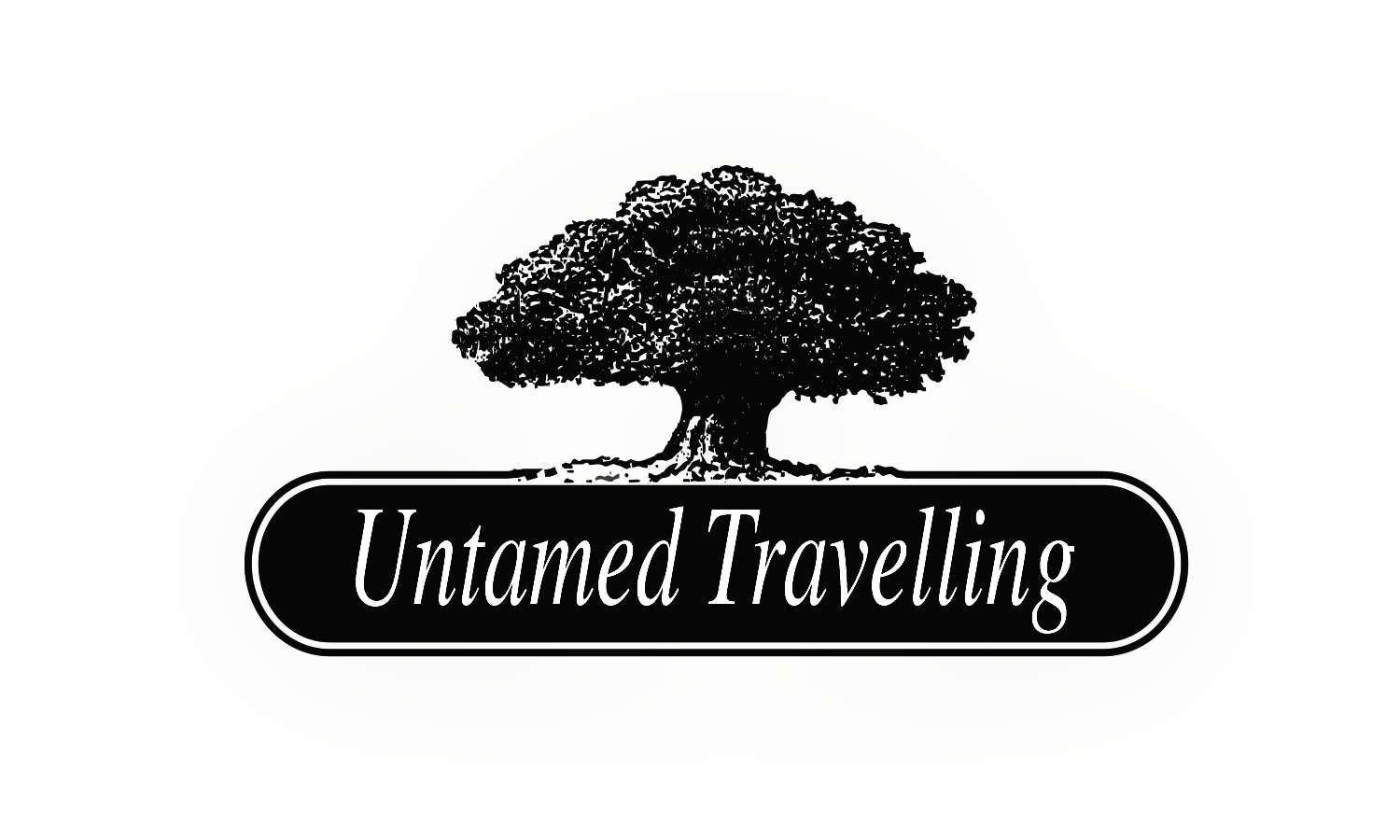Unspoiled landscapes full of wildlife
Jagged peaks, vast forests, glacial lakes and ice fields… With more than 11,000 km2 of wilderness in the Rocky Mountains, Jasper is home to some of the most pristine natural landscapes on the North American continent. The rich variety of wildlife makes it a paradise for nature photographers, and with an array of activities ranging from ice climbing to skiing, it is a destination of choice for outdoor sports enthusiasts. Be convinced by Jasper National Park’s TOP 6 Highlights. Where the world can’t find you…
1. Columbia Icefield
Columbia Icefield is the northern hemisphere’s most extensive glacial area south of the Arctic Circle, connecting Jasper to neighboring Banff National Park. This remnant of the last ice age is up to 350 meters thick in places, and the mountainous sides of this huge bowl of ice are among the highest in the Rockies. One of them is the 3,491-meter Athabasca Glacier, from the base of which adventure expeditions depart.

2. Marmot Basin
Marmot Basin is the snow-sure ski resort of Jasper National Park, known for the dry powder snow that falls from the sky by meters every year. Due to the subarctic climate bordering on a dry continental climate, the conditions for snow here are extraordinary: between October and May a lot of snow falls down, and due to the dry climate, is extremely long lasting and of sublime quality! Marmot Basin offers excellent ski runs for both beginners and experienced skiers. Beginners enjoy wide, quiet runs such as School House and Sleepy Hollow. For experts, there are “Black Diamonds” like Tres Hombres, Eagle East and The Knob.

3. Dark Sky Preserve
Many plants, animals and insects depend on darkness to forage, reproduce and navigate. The Dark Sky Preserve is a protected area where light pollution is kept at bay in every way possible. Thanks to this protection of the ecosystem, a magical spectacle plays out as darkness falls, and thousands of stars, planets and the Milky Way appear in the sky. The spectacle is a magnet for stargazers and photographers, especially during the annual Jasper Dark Sky Festival. Plan your visit to explore the famous dark sky reserve in the fall and who knows, you might be lucky enough to catch a glimpse of the Northern Lights.
4. Wildlife
Jasper National Park’s diverse landscape is the habitat of a multitude of mammals. You have a great chance of spotting not only grizzly bears and black bears, but also moose, caribou, bighorn sheep, mule deer, beavers, mountain goats, lynx, pumas, wolves, coyotes, gray marmots and pikas. Bird watchers can also have a blast in Jasper. It is veined with beautiful bird-watching trails from which you have a chance to see white-winged woodpeckers, tits and several species of woodpeckers and owls.

5. Maligne Lake
Fed by the glaciers of Jasper National Park, Maligne Lake, at 22 kilometers long, is the largest lake in the Rockies and the second largest glacial lake in the world. You can take in the most breathtaking scenery on a boat ride on the crystal-clear waters, sailing along scenic shores filled with towering mountains and roaming wildlife. In winter, the lake freezes over and covered in snow turns into a true winter wonderland. Surrounded by snow-capped peaks, you can make beautiful snowshoe hikes and also cross-country skiing is phenomenal.

6. Sunwapta Falls
The 18-meter-high Sunwapta Falls – meaning “turbulent water” in the native language of the Stoney First Nations – are an impressive natural spectacle amidst the rugged wilderness. Surrounded by dense forests and mountain landscapes, the clear blue meltwater of the Athabasca Glacier thunders forcefully through a deep gorge. In winter, the falls partially freeze and form icy sculptures where the turquoise water wriggles between them. The combination of the churning water, steep cliffs and serene nature makes the experience spectacular.















